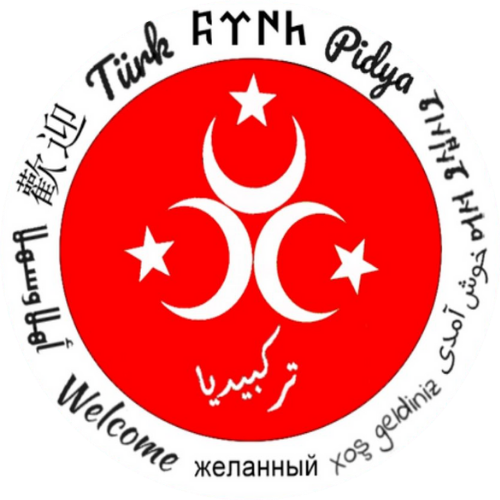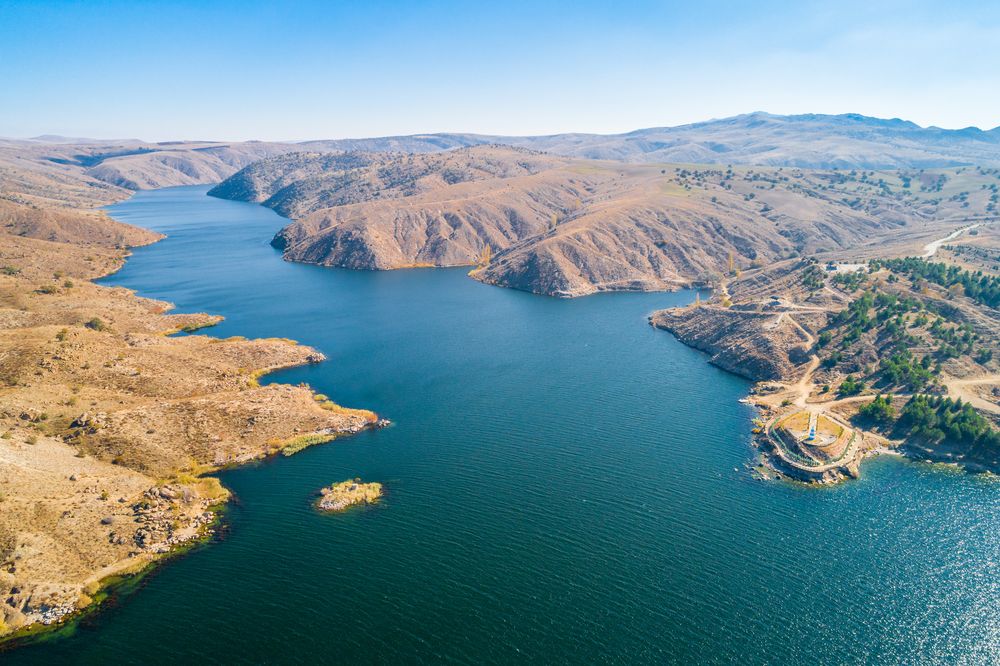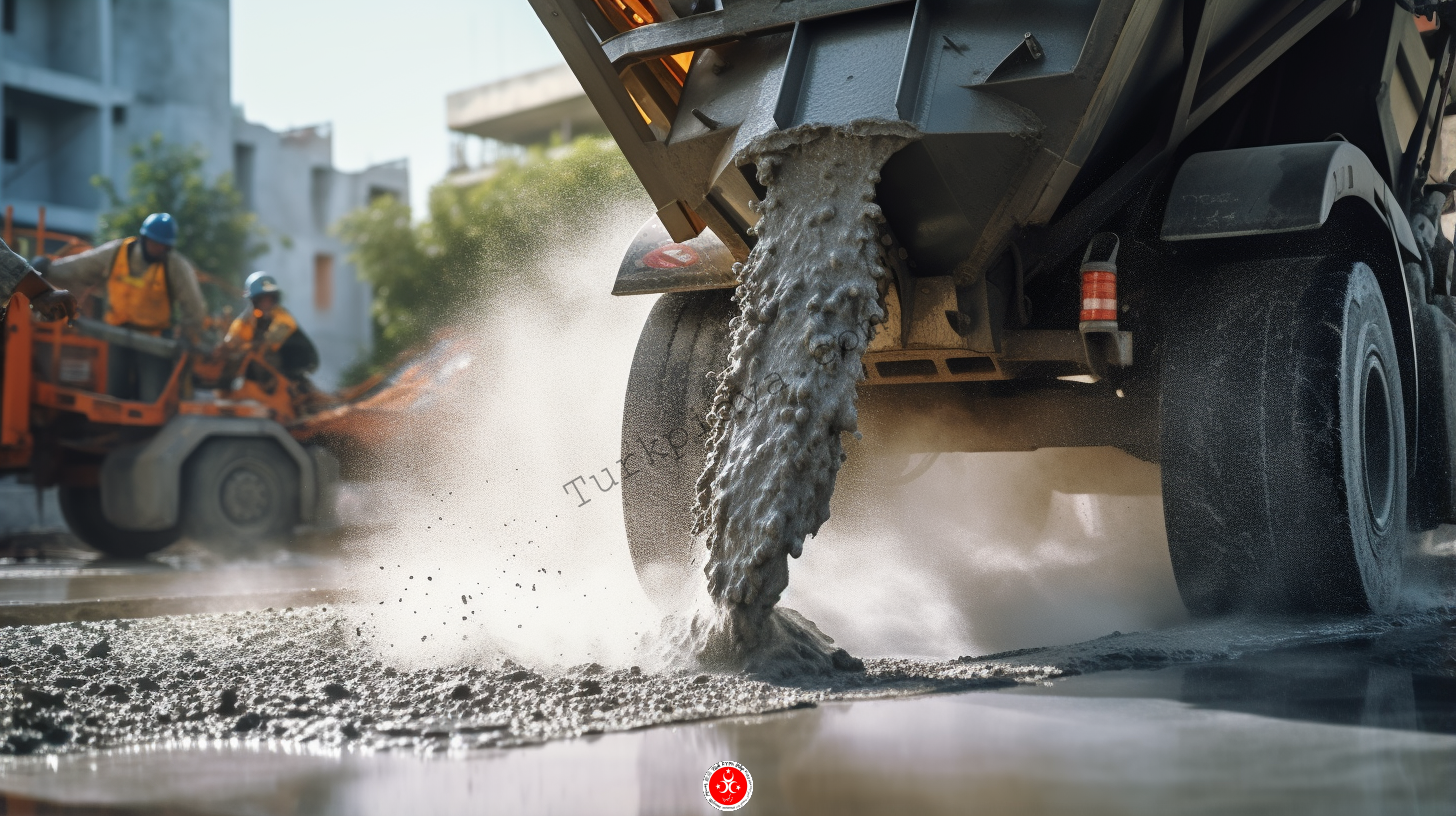Rivers in Turkey: The 2026 Insider Guide to Rafting & Routes
Table of Contents
Water is the new oil. In Turkey, rivers are not merely scenic backdrops for holiday selfies. They are strategic instruments of power that define borders, drive massive energy projects, and have shaped entire civilizations.
While most travel guides focus purely on aesthetics, we are looking at the reality of late 2025: What is the status of the water levels in the major dams? What does a rafting adventure on the Çoruh actually cost today? And what new regulations must anglers navigate starting in 2026?
Forget the dusty Wikipedia lists. This is your strategic guide to the arteries of Anatolia.
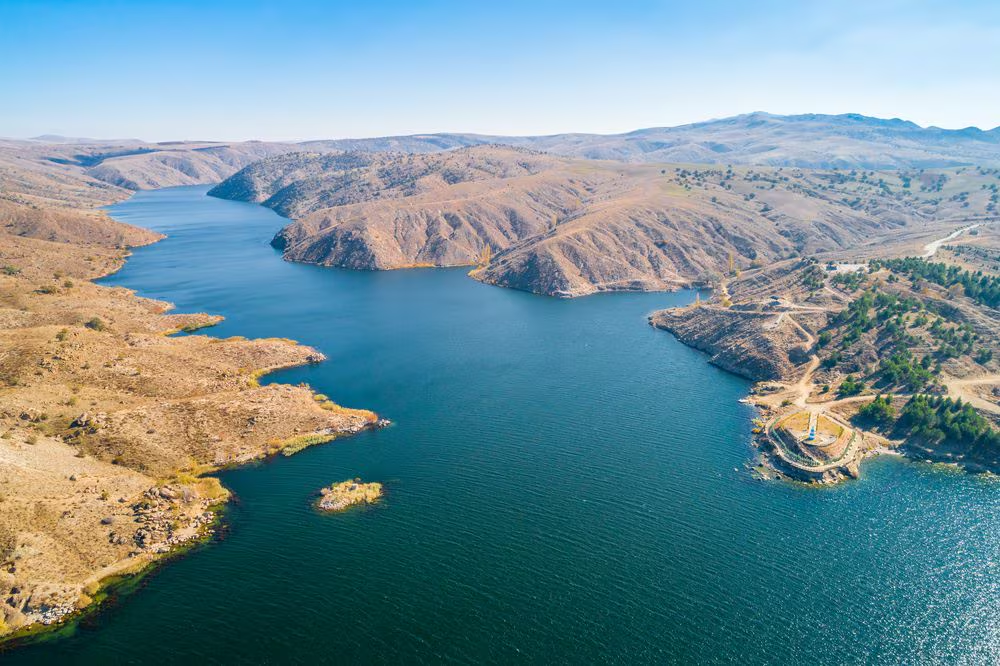
The Giants: Strategic Importance and Hydrology
When we talk about Turkish rivers, we must distinguish between tourist hotspots and geopolitical heavyweights.
The Kızılırmak: The Red Artery of Anatolia
The “Red River” is the longest river running entirely within Turkish borders. With a total length of 1,355 km, it serves as the hydrological backbone of Central Anatolia. It owes its name to the iron rich clay soil that turns the water blood redprecisely this clay is the raw material for the famous pottery art in Avanos. It is the perfect souvenir from the Cappadocia valleys, sourced directly from the riverbed.
The Insider View: Historically known as the Halys, it once marked the boundary between great empires. Today, it is vital for agriculture in the fertile Bafra Delta.
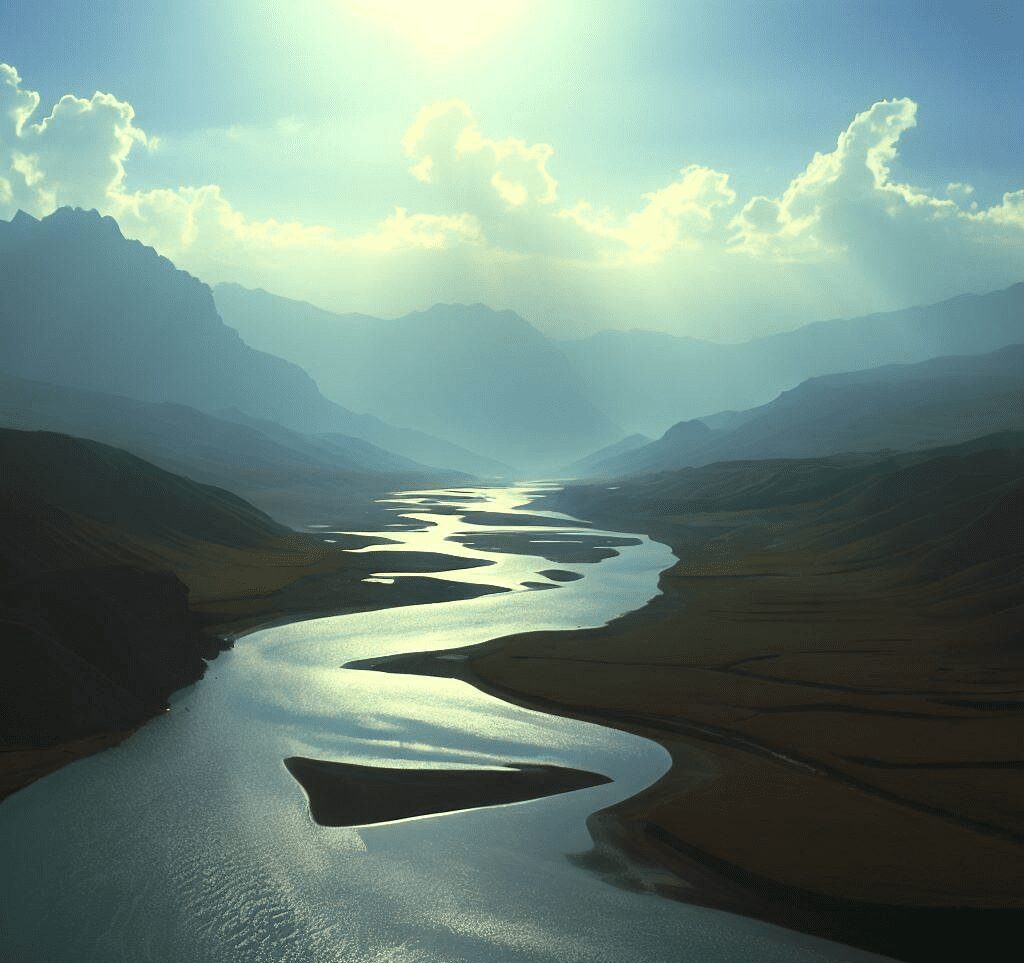
Euphrates and Tigris: Energy and Geopolitics
This is where it gets political. These two rivers are the heart of the Southeastern Anatolia Project (GAP). While western Turkey faces drought conditions in late 2025 (with Istanbul’s dams dipping below 20%), the power plants on the Euphrates and Tigris continue to operate efficiently thanks to massive reservoirs like the Atatürk and Ilısu dams.
The Hard Facts (As of December 2025):
- Euphrates (Fırat): Total length 2,800 km, with 1,263 km on Turkish soil. It is the primary supplier for hydroelectric power.
- Tigris (Dicle): Flows for 512 km through Turkey before reaching Iraq.
- Current Development: In November 2025, Turkey and Iraq signed a landmark agreement on water cooperation. The principle: Water in exchange for investment and energy stability.
Just as Turkey’s economic pulse is often dictated by industrial output, these rivers remain the traditional powerhouse of the nation.
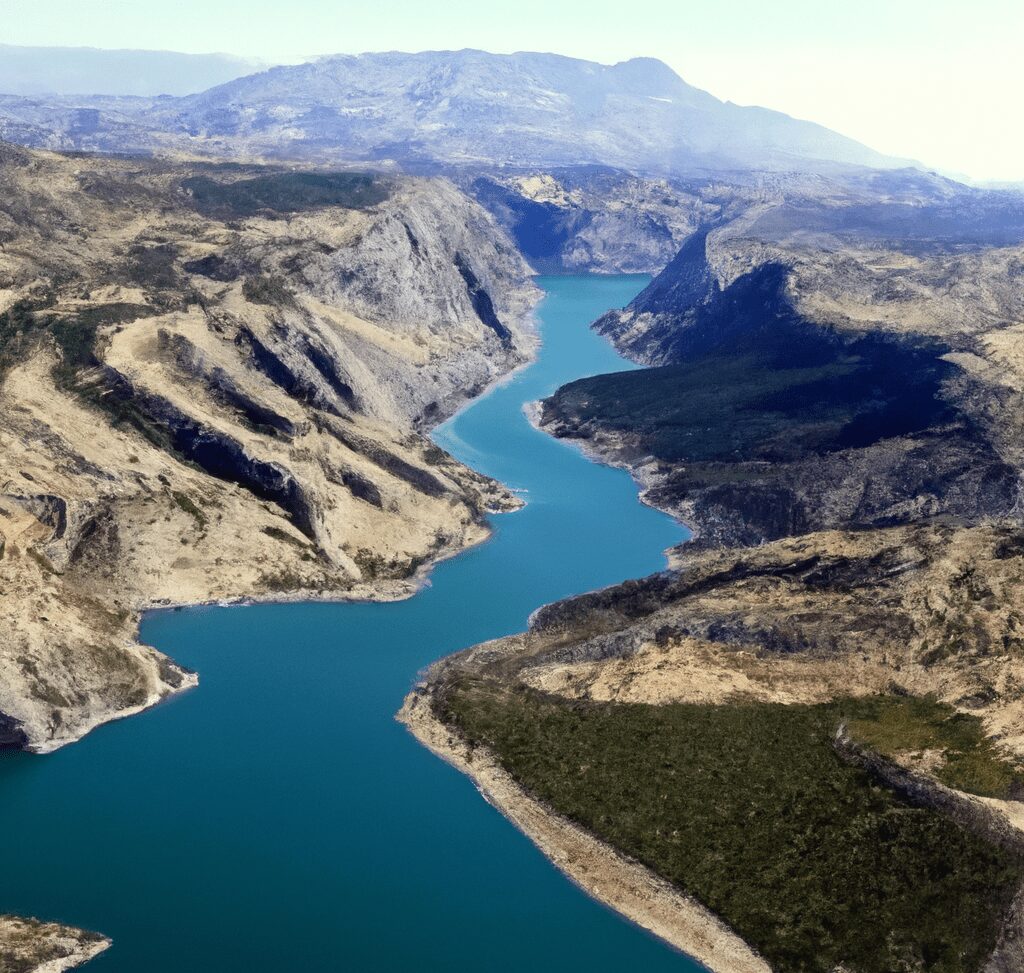
Sakarya and Murat: The Underestimated
The Sakarya River (824 km) is the third major artery, flowing through the industrially heavy regions of the northwest. It holds immense historical significance from the decisive battle of the War of Independence, though today it often suffers from industrial strain.
The Murat (722 km), on the other hand, is wilder. Rising near Mount Ararat, it is one of the main tributaries of the Euphrates. If you are looking for untouched nature rather than the regulated waters of the Sakarya, this is where you will find it.
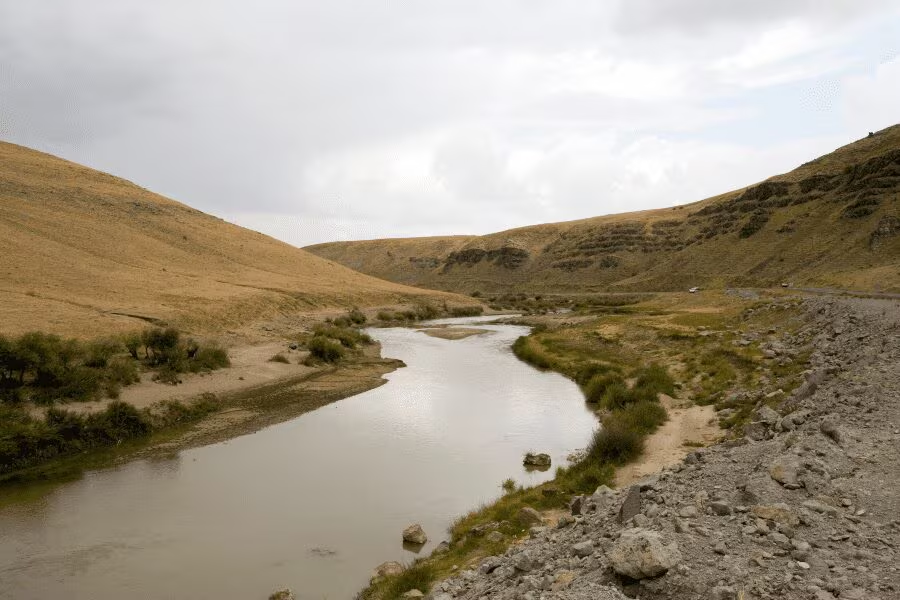
Practitioner’s Guide: Activities and Reality in 2026
Theory is nice, but what can you actually do there? Here is the reality check for outdoor enthusiasts.
Whitewater Rafting: The Çoruh is King (But Pricey)
The Çoruh in Artvin ranks among the fastest flowing rivers in the world and is a mecca for rafting professionals. However, prices have spiked. For the 2025/2026 season, expect to pay starting from 6,990 TL per person for professional multi day tours. Smaller day trips in more tourist heavy areas like Köprülü Canyon are significantly cheaper at 600 to 1,500 TL, but they offer far less adrenaline.
Similar to paragliding in Turkey, the golden rule applies: Never compromise on safety to save a few Lira. The currents of the Çoruh forgive no mistakes.
Fishing: Heads Up, New Laws for 2026!
Turkey has tightened its fishing regulations. If you plan to hunt with a harpoon (spearfishing) as an amateur, you will mandatorily need an “Amatör Balıkçı Belgesi” (Amateur Fisherman Certificate) starting January 1, 2026. Inspections at inland waters have become more frequent. Also, strictly observe the closed seasons (usually April 1 to July 1) to avoid sensitive fines.
Logistics: How to Get There?
Most of these rivers lie far off the classic tourist trails. A rental car is mandatory. Ensure your policy covers driving on unpaved roadsa quick look at our guide to cars and bureaucracy in Turkey is worth it before you depart. If you are looking for second-hand gear or local guides, you will often find listings on Sahibinden, the Turkish equivalent of eBay or Craigslist.
FAQ: Facts vs. Myths
Q1: How many rivers are there in Turkey really?
Official bodies divide Turkey into 25 hydrological basins. The oft quoted figure of “107 rivers” is outdated and imprecise. Scientific estimates suggest over 1,500 watercourses if you count smaller tributaries.
Q2: Is it safe to swim in these rivers?
In the major currents (Euphrates, Tigris, Kızılırmak): No. The currents are unpredictable, and water quality varies heavily. Look for designated swimming bays on smaller tributaries in the south.
Q3: What is the status of water scarcity?
It is a divided picture. While western metropolises suffer from drought in late 2025, the massive reservoirs in the southeast (Atatürk Dam) are well filled thanks to a snow rich winter in the high mountains. Hydropower production remains stable.
Conclusion: Respect for Nature
Turkey’s rivers are not theme parks. They are powerful forces of nature and economic engines. Anyone planning to travel them in 2026 should be well preparedwhether that means budgeting correctly for rafting tours or securing the right documents for angling. Experience them with respect, and you will discover a side of Turkey that remains hidden from the package tourist.
Planning your trip dates? Check the official 2026 Public Holidays to avoid the crowds or catch the local festivals.

